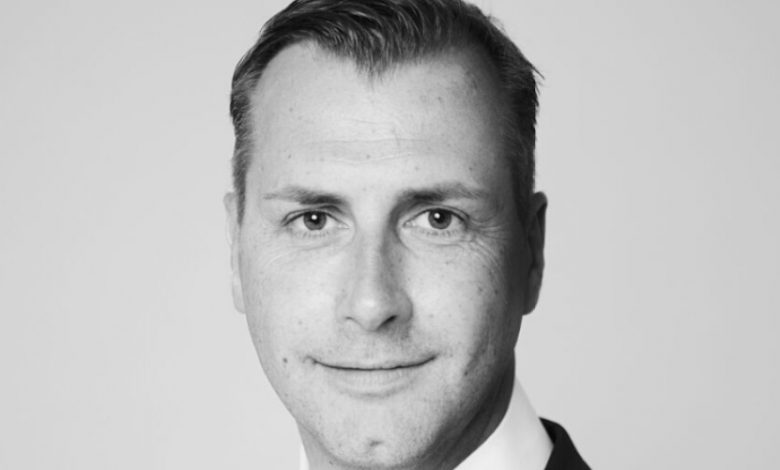Hunter Group: VLCC prowl

Proving once again what a brilliant asset player he is, Norwegian tycoon Arne Fredly revealed in late May he’s closing in on a deal to offload a pair of VLCC resales, pocketing a stunning $25m profit in the process.
Fredly set up Oslo-listed Hunter Group as a pure-play VLCC company early last year, rebranding another company called Badger Explorer. He has since ordered eight scrubber-fitted VLCCs at Daewoo Shipbuilding & Marine Engineering (DSME). Two of the ships on order, which Fredly contracted for $85.5m each, are now close to being sold to an undisclosed party, Hunter stated in a release to the Oslo Bors, at an en bloc price of $196m.
According to Erik Frydendal (pictured), CEO of Hunter Group, the plan for the remaining ships, which will deliver later this year and into 2020, is to operate the vessels in the spot market.
“We believe it will be the best way to maximise the profit from our scrubber-fitted vessels,” says Frydendal, whose background was in finance before being tapped by Fredly.
Frydendal believes the VLCC market will remain weak for the remainder of the first half of 2019 due to continued production cuts from OPEC, refinery shutdowns/maintenance ahead of IMO 2020 and lots of newbuilding deliveries.
“For the second half of 2019 when we get our vessels on the water, we are much more optimistic. We believe refineries will come back on line, ramping up distillates output ahead of IMO 2020. OPEC will most likely reverse its cuts and newbuilding deliveries will slow significantly,” Frydendal maintains. Additionally he expects a sizeable number of vessels to come off-hire due to scrubber installation.
“All in all, we expect a significant improvement in the supply/demand balance, which should be good for rates,” he says.
Frydendal reckons that opting for scrubbers and being able to run on HFO will be the most environmentally friendly solution, as well as the most cost-effective solution for Hunter Group, adding that the company is concerned about the quality of the blends and does not intend to experiment with mixing blends.
“We do not believe the price of LSFO will be priced at a small premium to HFO, but rather at a small discount to MGO. Keep in mind that in order to produce one unit of LSFO you require about 80% MGO and 20% HFO, and the price of LSFO should reflect that,” Frydendal says.
Going forward, Frydendal says the company is quite satisfied with the current fleet, and has no immediate plans to broaden it.
“Our target is simply to provide our shareholders with good returns, so we will do our best to maximise shareholder value,” Frydendal concludes.
This interview first appeared in Maritime CEO magazine. Splash readers can access the full magazine for free online by clicking here.
